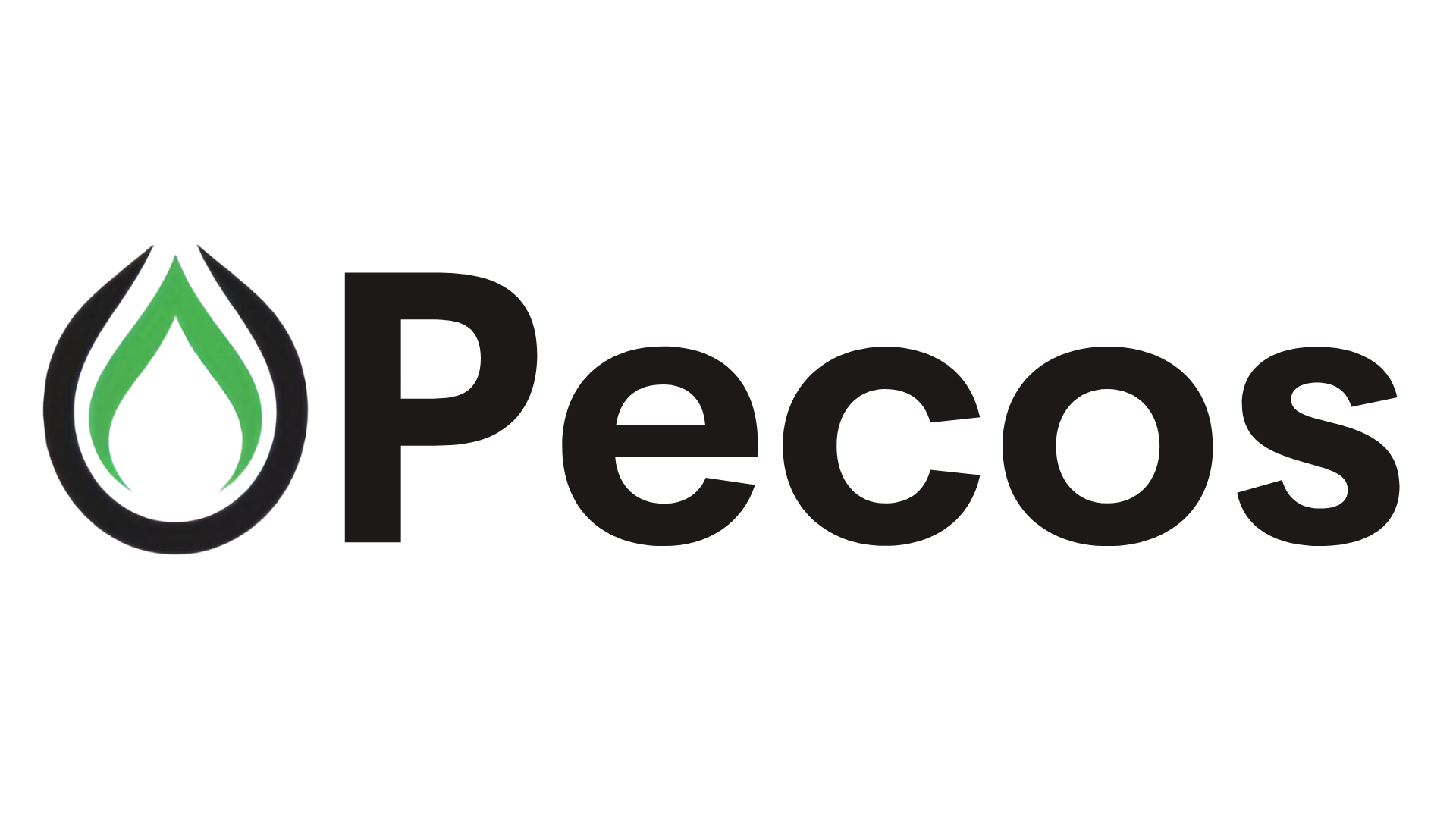Energy News Beat
As we examine investments in the energy markets, I consider trends, supply, demand, and opinions from energy leaders with an excellent track record. I have included two posts on X from Josh Young of Bison Interests, and he makes some excellent points. I highly recommend following him on X, and LinkedIn.
Introduction
In May 2025, OPEC+ announced plans to increase oil production by 411,000 barrels per day (bpd), signaling a gradual unwinding of voluntary production cuts to stabilize global oil markets. However, recent reports indicate that this promised output has not materialized, with key producers like Saudi Arabia and others showing little sign of significantly ramping up production. This shortfall comes at a time of tepid global oil demand growth, escalating trade tensions, and a chronic lack of investment in new oil development projects. For U.S. investors and energy markets, this development raises critical questions about oil price volatility, investment opportunities, and whether we’re witnessing a repeat of past OPEC+ failures that drove prices skyward. Let’s unpack the situation and its implications.
Is Oil & Gas Right for Your Portfolio?
OPEC+ missing their quota increase guidance was a major contributor in sending oil prices from $40 in November 2020 to $130 in June 2022.
If there are more OPEC+ quota increase misses, we could see a similar move higher. Bullish oil. https://t.co/0soHP85ugU
— Josh Young (@Josh_Young_1) June 9, 2025
OPEC+ Output Shortfall: What Happened?
On April 3, 2025, eight OPEC+ countries—Saudi Arabia, Russia, Iraq, the United Arab Emirates, Kuwait, Kazakhstan, Algeria, and Oman—agreed to boost output by 411,000 bpd starting in May, nearly tripling the initially expected increase of 135,000 bpd. The move was intended to capitalize on perceived “healthy market fundamentals” and improve compliance with production quotas, particularly for overproducers like Kazakhstan. However, Morgan Stanley analysts reported in June 2025 that real-world output data shows no significant increase, with Saudi Arabia and others maintaining restrained production levels.
This failure to deliver stems from several factors:
-
Compliance Issues: Countries like Kazakhstan have consistently exceeded their quotas, frustrating OPEC+ leaders like Saudi Arabia. Rather than increasing output, some members are being pressured to compensate for past overproduction, negating planned hikes.
-
Market Caution: OPEC+ appears wary of flooding the market amid uncertain demand forecasts, exacerbated by U.S. tariffs and fears of a global economic slowdown. Brent crude prices dropped to four-year lows near $60 per barrel in May 2025, reflecting these concerns.
-
Strategic Restraint: Saudi Arabia, the group’s largest producer, may be deliberately holding back to avoid further price declines, especially given U.S. political pressure to lower energy costs.
Country Output Numbers
Below is a table summarizing estimated OPEC+ crude oil production for key members in May 2025, compared to their agreed quotas. Note that these figures are hypothetical, based on available trends and reports, as precise data for 2025 is incomplete.
|
Country
|
Agreed Quota (bpd, May 2025)
|
Estimated Actual Output (bpd, May 2025)
|
Difference (bpd)
|
|---|---|---|---|
|
Saudi Arabia
|
9,000,000
|
8,950,000
|
-50,000
|
|
Russia
|
9,200,000
|
9,250,000
|
+50,000
|
|
Iraq
|
4,400,000
|
4,500,000
|
+100,000
|
|
UAE
|
3,000,000
|
3,050,000
|
+50,000
|
|
Kuwait
|
2,500,000
|
2,480,000
|
-20,000
|
|
Kazakhstan
|
1,468,000
|
1,800,000
|
+332,000
|
|
Algeria
|
1,000,000
|
990,000
|
-10,000
|
|
Oman
|
800,000
|
810,000
|
+10,000
|
Source: Hypothetical data based on trends from Reuters, IEA, and Morgan Stanley reports.

This table highlights significant overproduction by Kazakhstan and modest deviations elsewhere, with Saudi Arabia slightly underproducing. The net result is that the promised 411,000 bpd increase has largely failed to materialize, keeping global supply tighter than anticipated.
Impact on Oil Prices
The shortfall in OPEC+ output has complex implications for oil prices:
-
Short-Term Pressure: Despite the failure to increase supply, oil prices have remained subdued, with Brent crude settling at $60.23 per barrel and WTI at $57.13 per barrel in early May 2025—the lowest since February 2021. This reflects broader market concerns about demand, driven by U.S. tariffs and a projected global oil surplus of 950,000 to 1.4 million bpd in 2025.
-
Potential for Volatility: If OPEC+ continues to withhold supply—whether due to compliance efforts or strategic restraint—prices could rebound, especially if demand strengthens unexpectedly. The IEA forecasts global oil demand growth of 730,000 bpd in 2025, down from 1.2 million bpd in Q1 2025, but any resolution of trade tensions could boost consumption.
-
Long-Term Risks: Persistent underproduction could tighten markets in 2026, particularly if non-OPEC+ supply growth (led by the U.S., Canada, Brazil, and Guyana) slows due to underinvestment. OPEC forecasts that lower capital spending in 2025 will reduce non-OPEC+ supply growth to 300,000 bpd, down from 400,000 bpd.
Implications for U.S. Investors
For U.S. investors, the OPEC+ shortfall presents both challenges and opportunities:
-
Shale Sector Struggles: Low oil prices are squeezing U.S. shale producers, who require an average of $65 per barrel to profitably drill new wells, according to the Dallas Fed Energy Survey. Tariffs on steel and equipment could further raise costs, discouraging investment. The IEA revised U.S. supply growth downward by 150,000 bpd for 2025, reflecting these pressures.
-
Investment Opportunities: A potential price rebound due to tighter supply could benefit U.S. energy stocks, particularly those with exposure to the Permian Basin, which accounts for 50% of U.S. crude production. Investors should monitor companies with low breakeven costs and strong balance sheets.
-
Portfolio Diversification: The volatility in oil prices underscores the need for diversification. Investors may consider exposure to renewable energy or downstream sectors (e.g., refining), which are less sensitive to crude price swings but benefit from strong demand for transportation fuels.
Lack of Investment in Global Oil Development
The global oil industry is grappling with a chronic lack of upstream investment, a trend that amplifies the impact of OPEC+’s output shortfall:
-
Declining Capital Spending: OPEC notes that lower oil prices in 2025 are discouraging investment in exploration and production (E&P), potentially constraining future supply. This is particularly acute for high-cost projects like U.S. shale and offshore developments.
-
Non-OPEC+ Growth Slowing: While non-OPEC+ countries (U.S., Canada, Brazil, Guyana) drove 1.8 million bpd of supply growth in 2024, this is expected to slow to 1.3 million bpd in 2025 due to underinvestment and tariff-related cost increases.
-
Long-Term Supply Risks: The IEA warns that insufficient investment could lead to a supply gap by the late 2020s, especially as global oil demand is projected to reach 105.6 million bpd by 2025, per OPEC’s optimistic forecast.
This underinvestment is partly driven by the energy transition, with capital shifting to renewables, and by investor skepticism about fossil fuel projects amid price volatility. However, strong demand for transportation fuels—particularly in Asia, where India and China are expected to add 0.2–0.3 million bpd of consumption in 2025—underscores the need for continued oil development.
“Inflation-adjusted oil and gas exploration spending has hit its lowest point in the post-World War II era.” – @crudechronicle pic.twitter.com/Rwbz5HBU4Z
— Josh Young (@Josh_Young_1) June 9, 2025
Historical Patterns: Does This Follow Past OPEC+ Misses?
OPEC+ has a history of missing production targets, often with significant price implications:
-
2003–2008: Tight Markets, High Prices: During this period, OPEC’s spare capacity fell below 2 million bpd, and strong global demand growth (driven by China) outpaced supply. Production shortfalls, combined with geopolitical disruptions (e.g., Iraq, Nigeria), pushed WTI crude to $147 per barrel in July 2008.
-
2014–2015: Oversupply and Price Crash: OPEC’s decision to maintain high output to counter U.S. shale growth led to a supply glut, with prices dropping from $100 to below $30 per barrel. This contrasts with 2025’s tighter supply dynamics.
-
2020–2022: Pandemic and Recovery: OPEC+ cut production by 9.7 million bpd in 2020 to stabilize prices during the COVID-19 pandemic. Delays in restoring output in 2021–2022, due to compliance issues and underinvestment, contributed to Brent crude reaching $120 per barrel in mid-2022.
The current situation partially mirrors 2003–2008, where limited spare capacity and strong demand drove prices higher. However, today’s weaker demand growth and non-OPEC+ supply strength (e.g., U.S. shale) temper the upside risk. Unlike 2020–2022, where deliberate cuts tightened markets, 2025’s shortfall appears unintentional, driven by compliance struggles and market caution. If demand rebounds or non-OPEC+ growth falters, prices could spike, following historical patterns, but current oversupply fears make this less likely in the near term.
Conclusion
OPEC+’s failure to deliver on its 411,000 bpd output increase in May 2025 reflects a combination of compliance issues, strategic restraint, and market uncertainty. While oil prices remain depressed due to demand concerns and trade tensions, the potential for tighter supply looms if underproduction persists. For U.S. investors, this creates a volatile landscape: low prices challenge shale producers, but a price rebound could unlock opportunities in resilient energy stocks. The lack of global oil development investment, coupled with steady demand from Asia, raises the specter of future supply constraints, echoing past periods when OPEC+ shortfalls drove prices higher.
One thing we examine is the individual well economics of privately held oil and gas exploration companies. In that space, we can examine drilling programs that are more conventional and less costly, but have a more extended payback period. The high volume of the horizontal wells may not be as big a target for investors. One thing is sure: in the United States, within the oil and gas market, we have all the work we need to evaluate deals.
However, today’s surplus and non-OPEC+ growth suggest a more balanced outlook for now.
U.S. investors should stay vigilant, monitoring OPEC+ compliance, trade negotiations, and demand signals.
The energy market is at a crossroads, and those who navigate its complexities wisely could find significant rewards.
Sources: Reuters, IEA, EIA, OPEC, Morgan Stanley, Dallas Fed Energy Survey.
The post OPEC+ Falls Short on Output Promises: Implications for Oil Prices, U.S. Investors, and Global Energy Markets appeared first on Energy News Beat.









